I'm attempting to lock down viewing of S3 resources - really just images - to my web application's domain. For instance, if someone goes to my site - let's say example.com - and there's a src reference to the image, I want it to be viewable. But if someone were to right click and open up the image directly in a new tab, they shouldn't be able to.
There's tons on the web out there, but I just can't seem to find the correct combination or permissions. And most tutorials don't usually talk about the "Block Public Access" settings, and I'm not sure how that fits in.
Here's the policy I'm attempting:
{
"Version": "2012-10-17",
"Statement": [
{
"Sid": "Allow get requests originating from example.com",
"Effect": "Allow",
"Principal": "*",
"Action": "s3:*",
"Resource": "arn:aws:s3:::my-bucket",
"Condition": {
"StringLike": {
"aws:Referer": [
"https://www.example.com/*"
]
}
}
},
{
"Sid": "Do not allow requests from anywhere else.",
"Effect": "Deny",
"Principal": "*",
"Action": "s3:*",
"Resource": "arn:aws:s3:::my-bucket",
"Condition": {
"StringNotLike": {
"aws:Referer": [
"https://www.example.com/*"
]
}
}
}
]
}
This doesn't seem to do anything. If "block public access" is on, both are blocked. If it's off, both are shown. That is, even though I have an explicit "Deny" list above, going right to the image on that bucket in the browser works fine.
I can also edit CORS, but I'd still then wonder why the deny list here wouldn't take care of that itself. Finally, after implementing the policy, I lose lots of abilities myself, such as setting CORS, even when using the root user account. I can probably just do things in a different order to make it happen, but I'd like to still be able to manage my permissions after submitting the policy.
Thanks.



